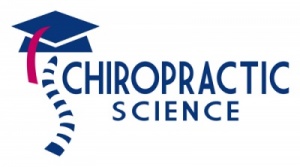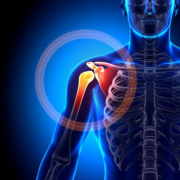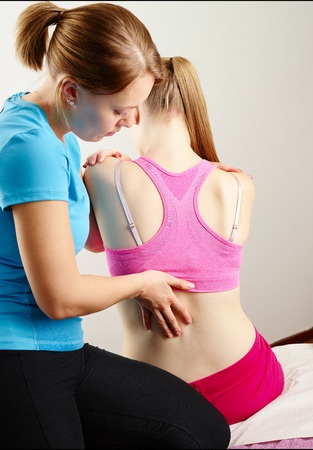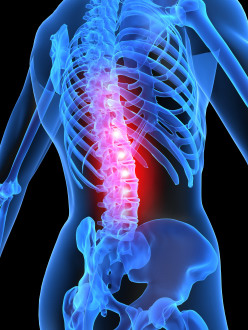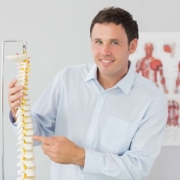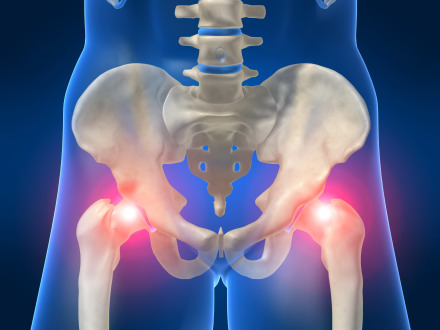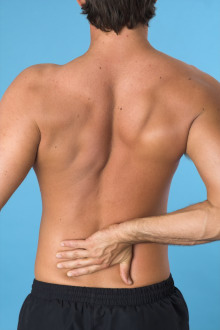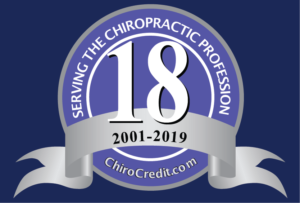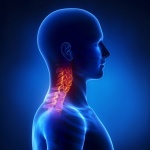Nondrug and Nonsurgical Treatment of Shoulder Conditions
 Shoulder pain is one of the most common musculoskeletal disorders. The lifetime prevalence is estimated to be in the range of 6.7–66.7%. Shoulder pain and stiffness may reduce family life or social life functions as well as reduce productive activities. It also has a strong statistical correlation with somatizing tendency and poor mental health. There are many cases of shoulder pain that have not improved over time, remain persistent, or occur repeatedly. The prognosis becomes poorer the longer the illness is present. A review of the effectiveness of conservative nondrug, nonsurgical interventions, either alone or in combination, for conditions of the shoulder was published in the Journal of Manipulative and Physiological Therapeutics in June, 2017. Shoulder conditions addressed in the article were shoulder impingement syndrome (SIS), rotator cuff-associated disorders (RCs), adhesive capsulitis (AC), and nonspecific shoulder pain. Eligibility criteria for the scientific studies included randomized controlled trials (RCTs), systematic reviews, or meta-analyses. Treatments included nondrug, nonsurgical procedures. Results indicated low- to moderate-quality evidence supporting the use of manual therapies for all 4 shoulder conditions. Exercise, particularly combined with physical therapy protocols, was beneficial for SIS and AC. For SIS, moderate evidence supported several passive modalities. For RC, physical therapy protocols were found beneficial but not superior to surgery in the long term. Moderate evidence supported extracorporeal shockwave therapy for calcific tendinitis RC. Low-level laser was the only modality for which there was moderate evidence supporting its use for all 4 conditions.
Shoulder pain is one of the most common musculoskeletal disorders. The lifetime prevalence is estimated to be in the range of 6.7–66.7%. Shoulder pain and stiffness may reduce family life or social life functions as well as reduce productive activities. It also has a strong statistical correlation with somatizing tendency and poor mental health. There are many cases of shoulder pain that have not improved over time, remain persistent, or occur repeatedly. The prognosis becomes poorer the longer the illness is present. A review of the effectiveness of conservative nondrug, nonsurgical interventions, either alone or in combination, for conditions of the shoulder was published in the Journal of Manipulative and Physiological Therapeutics in June, 2017. Shoulder conditions addressed in the article were shoulder impingement syndrome (SIS), rotator cuff-associated disorders (RCs), adhesive capsulitis (AC), and nonspecific shoulder pain. Eligibility criteria for the scientific studies included randomized controlled trials (RCTs), systematic reviews, or meta-analyses. Treatments included nondrug, nonsurgical procedures. Results indicated low- to moderate-quality evidence supporting the use of manual therapies for all 4 shoulder conditions. Exercise, particularly combined with physical therapy protocols, was beneficial for SIS and AC. For SIS, moderate evidence supported several passive modalities. For RC, physical therapy protocols were found beneficial but not superior to surgery in the long term. Moderate evidence supported extracorporeal shockwave therapy for calcific tendinitis RC. Low-level laser was the only modality for which there was moderate evidence supporting its use for all 4 conditions.
Bottom line:
- Manual therapy is beneficial for common shoulder conditions.
- Low-level laser therapy is beneficial for common shoulder conditions.
- Exercise protocols are beneficial for SIS and AC.
